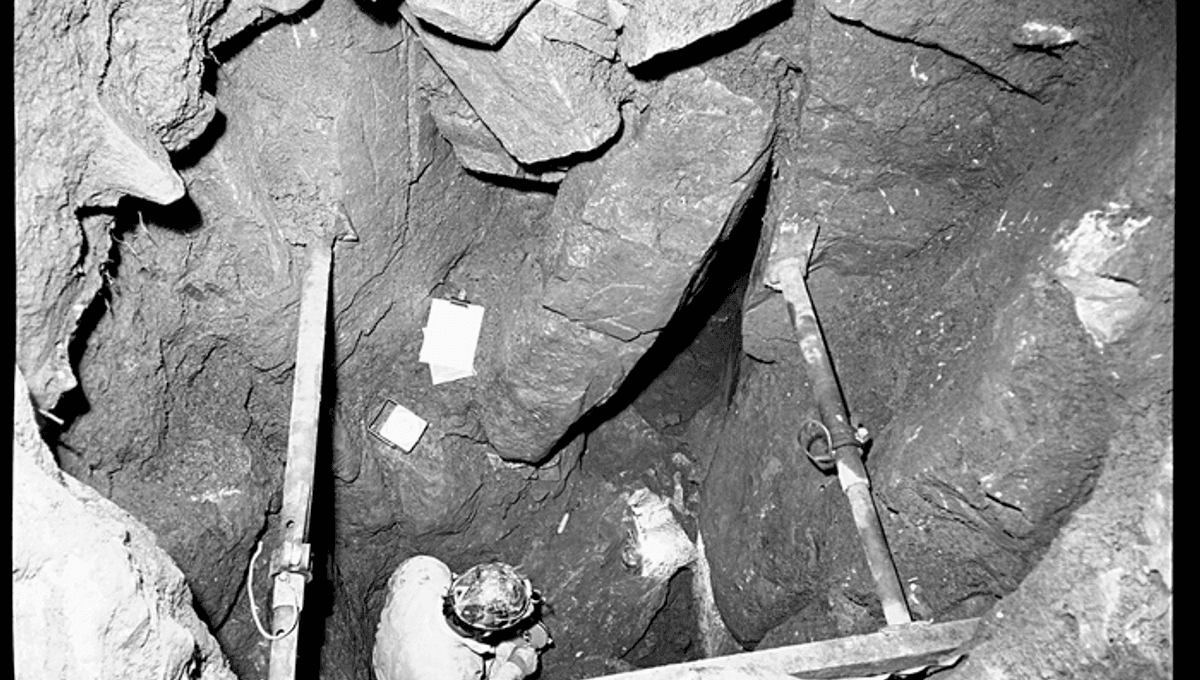
Three ancient individuals buried across the UK whose teeth contain DNA from a strain of bacteria that was responsible for the Black Death have been unearthed by researchers. But these plague carriers lived thousands of years before the infamous pestilence ravaged Europe in the 14th century, making it the oldest evidence of the disease in Britain to date.
A team from the Francis Crick Institute, the University of Oxford, the Levens Local History Group, and the Wells and Mendip Museum found evidence of Yersinia pestis, the pathogen responsible for the plague, in bodies recovered from two sites. One was a mass burial in Charterhouse Warren in Somerset, and the other was in a ring cairn monument in Levens, Cumbria.
The team took samples from 34 bodies found at the two sites and screened them for Y. pestis. To gain this information, the subject’s teeth were taken to a specialist cleanroom facility, where they were drilled so their dental pulp could be examined.
The analysis found that two individuals from the Somerset site, thought to be young adolescents (aged between 10-12 years old), and someone identified as a woman aged 35-45 buried in Cumbria, had DNA remnants of the bacterium in their teeth. Radiocarbon dating suggests that individuals all lived around the same time, about 4,000 years ago.
Because pathogenic DNA – that taken from bacteria, protozoa, or viruses – degrades quickly, it is possible that other people buried at the two sites could have had the disease, but any evidence of it has long since vanished.
The plague has been identified in other individuals from Eurasia from between 5,000 and 2,500 years ago, a period that spans from the Late Neolithic and Bronze Age (referred to as LNBA), but this is the first time that it has appeared in Britain during this time. This wide geographic spread suggests that the early strain of plague may have been easily transmitted, and it is thought to have traveled from Eurasia across Central and Western Europe around 4,800 years ago.
The strain of y. pestis – what is being referred to as the LNBA lineage – recovered from the three bodies, lacked the yapC and ymt genes, which are present in later strains of plague. The ymt gene is particularly noteworthy as it is thought to have played an important role in the plague’s ability to transmit via fleas. This suggests that this earlier lineage of plague did not spread via this vector, unlike its medieval relative.
Interestingly, the researchers do not believe the individuals buried at the Somerset site died from this disease, as they appear to have died from trauma. It is not clear what led them to be in this situation, but it is likely thought that they must have been infected at the time of their deaths.
“The ability to detect ancient pathogens from degraded samples, from thousands of years ago, is incredible”, Pooja Swali, first author and PhD student at the Crick, said in a statement. “These genomes can inform us of the spread and evolutionary changes of pathogens in the past, and hopefully help us understand which genes may be important in the spread of infectious diseases. We see that this Yersinia pestis lineage, including genomes from this study, loses genes over time, a pattern that has emerged with later epidemics caused by the same pathogen.”
Pontus Skoglund, group leader of the Ancient Genomics Laboratory at the Crick, added that, “This research is a new piece of the puzzle in our understanding of the ancient genomic record of pathogens and humans, and how we co-evolved.”
“We understand the huge impact of many historical plague outbreaks, such as the Black Death, on human societies and health, but ancient DNA can document infectious disease much further into the past. Future research will do more to understand how our genomes responded to such diseases in the past, and the evolutionary arms race with the pathogens themselves, which can help us to understand the impact of diseases in the present or in the future.”
The study has been published in Nature Communications.
Source Link: Oldest Evidence Of Plague In Britain Identified Via 4,000-Year-Old Teeth